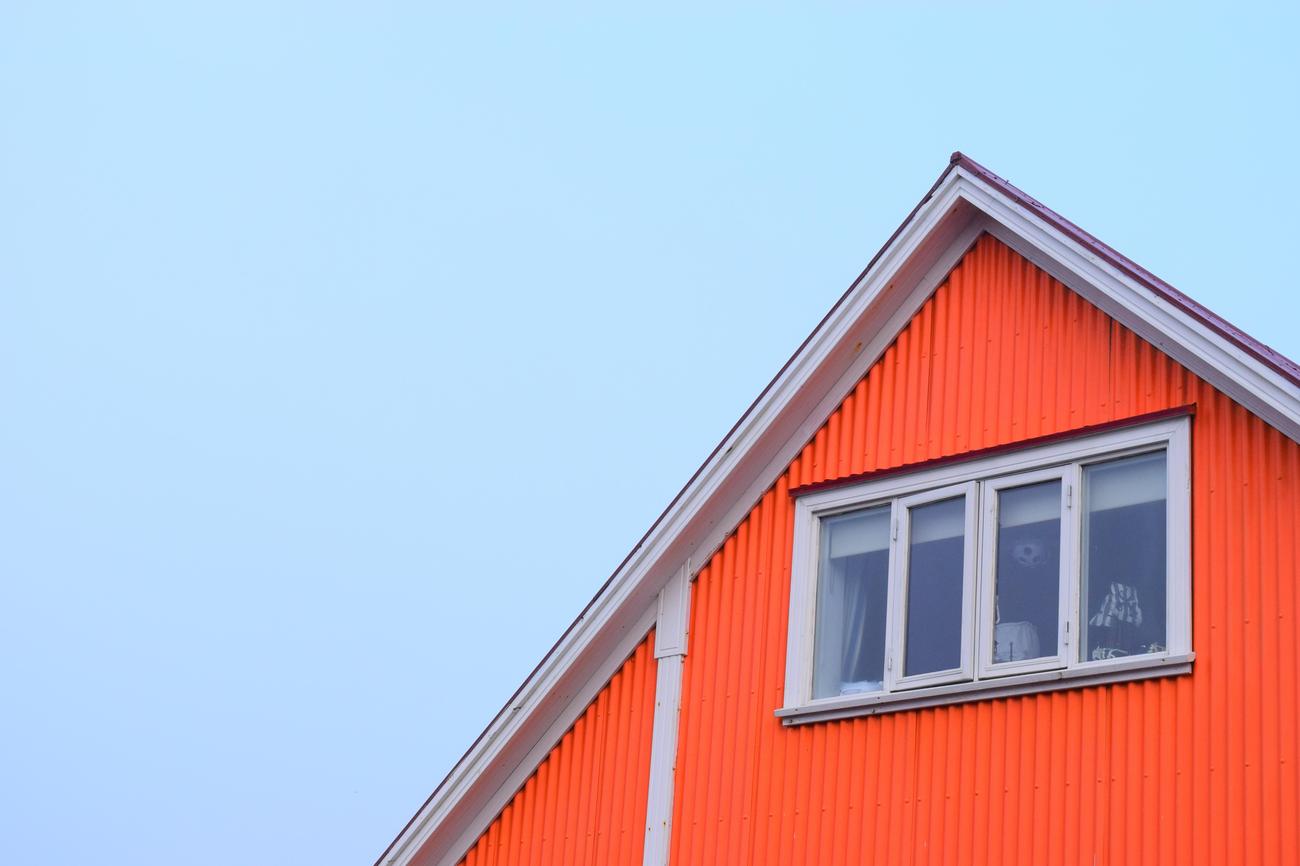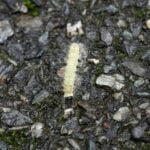Unraveling House Centipede’s Carnivorous Diet: What Do They Eat? Welcome to the intriguing world of house centipedes, those lightning-fast nocturnal creatures that incite both fascination and dread. As an experienced entomologist specializing in arthropod ecology, my passion lies in decoding the intricacies of these notorious hunters’ feeding habits. Armed with a master’s degree in entomology and ten years of research experience, I have dedicated my career to understanding the dietary preferences of various captivating organisms. Today, we embark on a quest to shed light on the mysterious carnivorous diet followed by house centipedes, unveiling the intriguing secrets behind what fuels their relentless predatory instincts.

What Do House Centipedes Eat
House centipedes, those quick and leggy creatures that scuttle across our floors in the dead of night, play an important role in maintaining the balance of your home’s ecosystem. As carnivorous hunters, they feed on a diverse range of insects, ensuring that our living spaces are kept free from unwanted pests.
One might wonder, what do house centipedes eat? Well, they have a voracious appetite for insects. Flies, cockroaches, moths, and crickets are all on their menu. These creepy crawlies provide a tasty and nourishing meal for our multi-legged friends. But the centipede’s culinary adventure doesn’t stop there. They also prey on other household insects, such as spiders, ants, and silverfish. No insect is safe from the house centipede’s swift and venomous strike.
You may be curious about the process these nifty creatures employ to capture their prey. House centipedes utilize their incredible speed and agility to chase and capture their victims. Despite their poor vision, they rely on their long, delicate antennae to sense the presence of suitable prey nearby. Once they detect a potential meal, they strike with lightning speed, sinking their venomous fangs into their unsuspecting target.
But hold on, are house centipedes dangerous to humans? Despite their venomous nature, they pose little to no threat to us. Their venom is primarily used to neutralize their prey, and their small jaws make it impossible for them to penetrate our skin effectively. So, you can rest easy knowing that these nocturnal residents of your home are mainly concerned with eliminating bothersome bugs, rather than causing harm to humans or pets.
House centipedes, aptly named for their affinity for domestic habitats, can be found in homes, especially in cooler and damper areas. They truly thrive in the comfortable confines that our houses provide. However, these fascinating creatures are not without their own predators. They can fall victim to animals such as badgers, wasps, shrews, toads, birds, and even chickens. So, while house centipedes may be formidable predators themselves, they are still an essential part of the food chain.
In summary, house centipedes have a carnivorous diet that revolves around consuming a wide range of insects, making them a natural and effective form of pest control in your home. They prey on flies, cockroaches, moths, and crickets, as well as other common household insects like spiders, ants, and silverfish. With their lightning-fast speed and venomous bite, they swiftly capture and subdue their prey. Although venomous, they pose no significant harm to humans. So, let these nocturnal hunters roam freely, knowing they are doing their part in keeping your home bug-free.
“House centipedes, the nocturnal warriors of your home, are nature’s guardians, eliminating pesky insects one swift strike at a time.”
Centipedes, fascinating creatures with their numerous legs, have long intrigued scientists and nature enthusiasts alike. If you’re interested in learning some interesting facts about centipedes, click here to uncover the mysteries behind these agile arthropods. Once you delve into the world of centipedes, you’ll be amazed by their diverse habitats, incredible hunting techniques, and astonishing ability to regenerate lost limbs. Don’t miss out on exploring the captivating world of centipedes. Visit our page on interesting facts about centipedes now and prepare to be astounded.
interesting facts about centipedes
House Centipedes: The Ultimate Insect Control Experts
[youtube v=”PDElmzSNwzo”]
House Centipedes – The Unsung Heroes
House centipedes may be the creepy-crawly creatures with 15 pairs of legs that make your skin crawl, but these nocturnal hunters might actually be the unsung heroes of your home. Their appearance could be an indication of a larger pest problem, but fear not, because centipedes are insectivores. They feast on a wide range of pests such as cockroaches, bedbugs, moths, spiders, silverfish, and even earthworms. In fact, they devour anything that crosses their path.
“Keeping your home insect-free can be the ticket to also getting rid of your centipedes.”
Perfect Conditions for Centipedes
Centipedes thrive in areas with an ample food source and moist conditions. To prevent their infestation, it’s crucial to identify and address possible factors attracting them to your home. Check your water sources, appliances, and plumbing fixtures for any leaks that might create a suitable environment for centipedes. These creatures quickly become dehydrated and require moisture to survive.
“Moisture and pest-filled areas are a centipede’s haven.”
Eliminating Moisture and Sealing Entrances
To keep centipedes at bay, it’s essential to eliminate moisture and seal any potential entry points. Running a dehumidifier in damp areas can significantly reduce their presence, as they require moisture-rich surroundings to thrive. Additionally, caulking around windows and doors prevents their entry.
“Strategic measures will interrupt their invasion.”
Clearing the Exterior
The exterior of your home also plays a vital role in deterring centipedes. Ridding the area of debris, leaves, and wood that hold moisture around the base of your home can make it less appealing to these creatures.
“A clean exterior creates a hostile environment for centipedes.”
A Considerate Approach: Relocating them Outside
Instead of smashing these “ugly” centipedes, consider a more humane approach. Relocating them to the outside can prove beneficial, as they continue their natural extermination work by preying on insects around the exterior of your home.
“Let them be your pest control allies.”
House centipedes bring balance to your home’s ecosystem by naturally keeping it bug-free. Embracing their presence and taking preventive measures can ensure a harmonious coexistence with these fascinating creatures. So next time you spot a house centipede, remember, they may just be the ultimate insect control experts you never knew you needed.
*Note: This article is for informational purposes only and does not constitute professional pest control advice.

FAQ
What is the diet of house centipedes?
House centipedes primarily eat insects such as cockroaches, flies, moths, and crickets. They also feed on other common household insects including spiders, ants, and silverfish.
Are house centipedes venomous?
Yes, house centipedes are venomous. They use their venom to inject and paralyze their prey. However, they are not considered dangerous to humans.
How do house centipedes locate their prey?
House centipedes have poor vision, but they rely on their antennae to locate suitable prey. They use their quick speed to capture their prey once it is detected.
Where can house centipedes be found?
House centipedes can be found in homes, especially in cooler and damp areas. They prefer moist environments.
What are the predators of house centipedes?
House centipedes are preyed upon by various animals including badgers, wasps, shrews, toads, birds, and chickens.
















